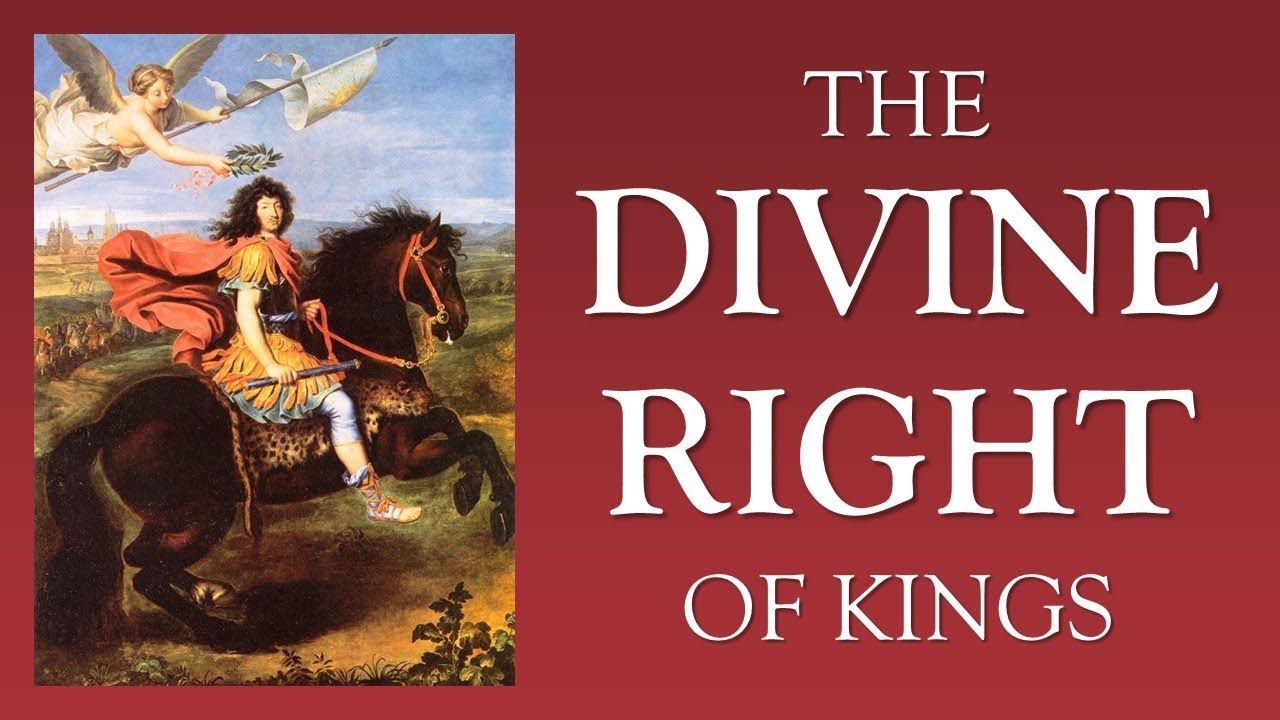The peace of Westphalia in 1648 ended the Thirty Years’ War but also marked the end of an epoch in European history. It ended the Age of the Reformation and Counter-Reformation, when wars were both religious and dynastic in motivation, and the chief threats to a stable international balance came from the Catholic Habsburgs and from the militant Protestants of Germany, the Netherlands, and Scandinavia.
After 1648 religion,though continuing to be a major source of friction in France and the British Isles, ceased to be a significant international issue elsewhere. The main force jeopardizing the European balance thereafter was the entirely secular ambition of Bourbon France on the Continent and abroad. For seventy-two years (1643-1714) France was under a single monarch, Louis XIV, who inherited the throne when only four.
Louis was the embodiment of the early modern form of royal absolutism—monarchy by divine right— and he was the personification of royal pride, elegance, and luxury. To the French, Louis XIV was le grand monarque. His long reign brought to an end le grand siecle, that great century (begun under Cardinal Richelieu in the twenty years before Louis’s accession) that was marked by the international triumph of French arms and French diplomacy and, still more, of French ways of writing, building, dressing, eating—the whole style of life of the upper classes in France, which called itself la grande nation.
While French culture went from triumph to triumph, Louis XIV’s bid for political hegemony was ultimately checked. His most resolute opponent was England, still in the throes of the greatest political upheaval in its history, an upheaval that resulted from the collision between the forces of the Stuart monarchy and High Church Anglicanism, on the one hand, and those of Parliament and the Puritans, on the other. The final settlement, after decades of violence and change, was a compromise weighted in favor of the parliamentary side, with one English king executed and another forced into exile. While France appeared stable, England was racked by revolution and insecurity.
The seventeenth century, during which the struggle for stability could be seen in most societies of early modern Europe, was an age of crisis. In England the aristocracy faced unique challenges; a steady decline in population in war-ravaged Germany and in Spain changed society drastically; and the years after 1648 were marked throughout most of Europe by a severe depression, by social upheavals, and by a struggle between the capitalism espoused by the rising middle class and the agrarian traditions of the landed classes, who feared displacement.
Revolution—successful, abortive, plotted, rumored— seemed almost commonplace in England, France, Portugal, Spain, and elsewhere. Still, since the province or an even smaller local unit generally remained relatively self- sufficient economically, these broad generalizations about trends are open to many exceptions. And as always, amid change there was continuity.
It was also a century of intellectual ferment, as writers, philosophers, theologians, and painters sought to justify monarchy by divine right or revolution by various groups that saw themselves as “the people,” and as the basic intellectual underpinnings of society were changed.
The seventeenth century is often called the “century of genius,” for so many innovative ideas sprang forth during it: from explorers and conquerors, from simple sailors and soldiers, from figures like Bacon, Descartes, Pascal, Newton, or Locke, as well as from inventors who drew upon the theories of Galileo and others. According to different historians, “modern history” began with a different event or development, but nearly all agree that it was with the 1600s that Western civilization passed into what is known as the Modern Age.
The intimations of popular revolution in the seventeenth century, the impact of new ideas on a broader public, and the slow but certain change of even traditional peasant culture, which was becoming more articulate, more observable through the printed record, were yet other dividing lines between the Middle Ages and the modern period. Before 1700 most people apparently were basically illiterate; a century later, literacy was apparently far more widespread.

